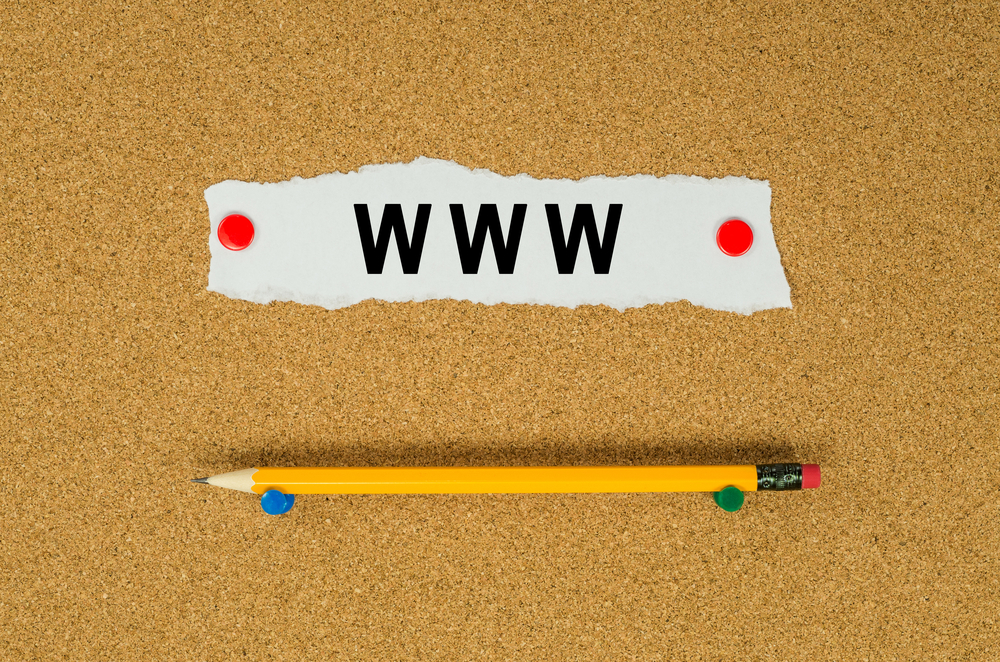
As mentioned in the first article, I am looking back at the key points of transformation in communications over the last 30 years before bringing AI into the conversation. In this article, I’ll highlight the 2000s.
When the year 2000 approached, the world held a collective breath as we waited for the “Millennium Bug” to strike, which promised to cause widespread malfunctions. Doomsday prophets predicted financial chaos, stock market crashes, supply chain disruptions, critical infrastructure failure, flight cancellations, hospital equipment failures, and more. And this would have been the tip of the iceberg before the total collapse of humanity as we know it. However, thanks to meticulous preparation, diligent work by IT professionals, and coordinated global efforts, Y2K turned out to be more of a historical footnote than the doomsday scenario many had feared.
The successful resolution of the Y2K issue had several implications for the use of the internet and global communications. Here are a few highlights:
- Businesses and governments recognized the importance of robust digital systems in a globalized world. This realization led to increased investment in internet-related technologies, fostering greater reliance on the internet for communication, commerce, and information exchange.
- The first game-changer was the widespread adoption of email, which revolutionized the way we communicate. It had a profound and far-reaching impact on our lives as it streamlined communication, allowing us to send messages, documents, photographs, and even videos instantly to people around the world, eliminating the need for physical mail or faxes. Email is also cost-efficient and environmentally friendly as it reduces paper waste and the need for physical transport of documents.
- The rise of the internet highlighted the importance of sharing knowledge and expertise through the internet, contributing to the growth of online forums, communities, and information-sharing platforms. Business could now reach a global audience and e-commerce began to gain traction. The internet also facilitated remote work and the outsourcing of various business processes, such as customer support and software development to countries with lower labor costs.
- Companies began recognizing the importance of engaging employees through more personalized and interactive content. Intranets started to offer customized news feeds, and employee surveys became more common.
- The internet had a profound impact on communication measurement in significant ways. Data analytics tools and platforms that could process vast amounts of data generated by online communication. This allowed for more in-depth analysis, pattern recognition, and the extraction of actionable insights from the data, leading to more informed decision-making.
- The internet also made it possible to monitor and manage an organization’s online reputation. With tools and services, organizations could track mentions, reviews, and sentiment, helping them proactively address any issues or negative feedback.
In summary, the successful resolution of the Y2K issue boosted the use of the internet and global communications by fostering confidence, accelerating technological advancements, and promoting global collaboration. It encouraged a shift toward more interconnected and technology-dependent societies, ultimately shaping the way we live, work, and communicate in the 21st century.


